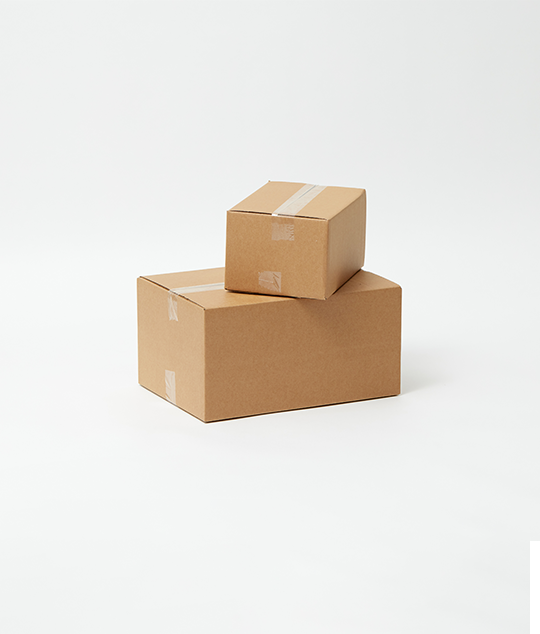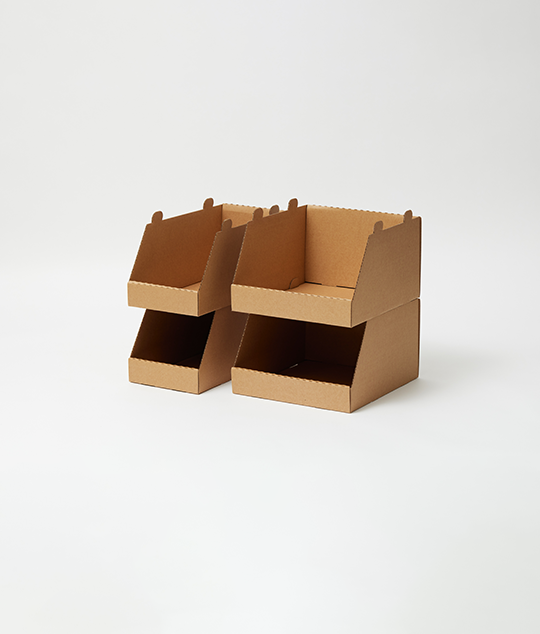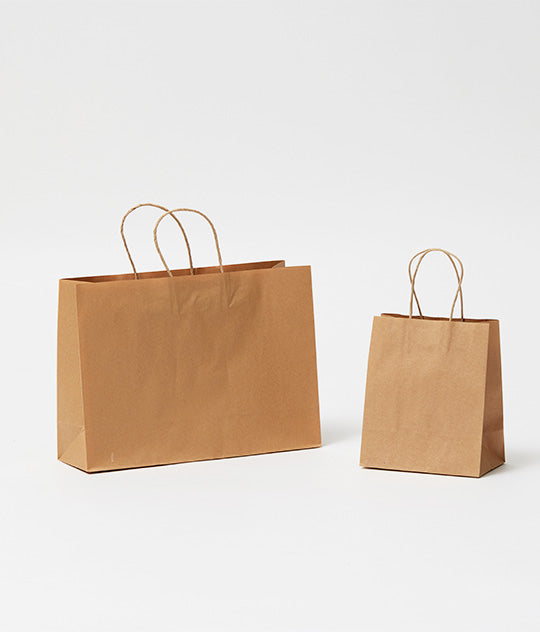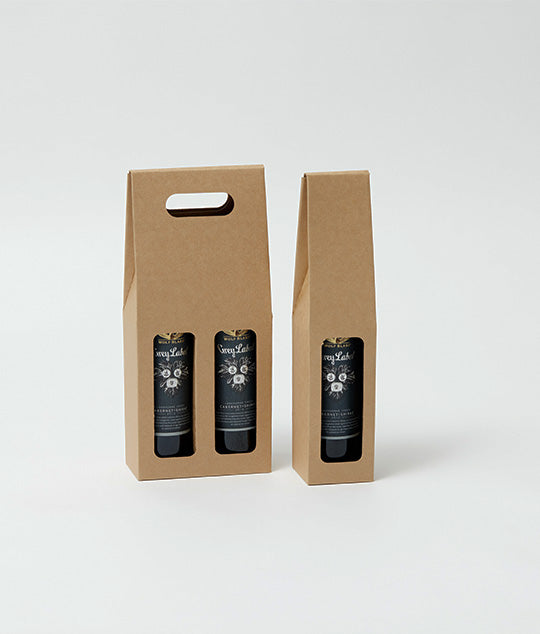
Creating food packaging that's better for the environment is an admirable goal, but it comes with difficulties. This post explores the complexities companies face when attempting to produce truly sustainable food packaging. We'll look at factors like materials, supply chain, recyclability, and more that showcase why the shift isn't always straightforward.
Sustainability is a major issue across all industries and that applies equally to food packaging. In this case, however, the challenges are quite unique and mean many more factors have to be taken into account.
Sustainability is not only limited to the packaging itself but also applies to the products that are contained within it. Protecting these products is of primary importance since it reduces waste and makes the whole process more sustainable.
Reducing Waste across the whole Supply Chain
It is generally accepted that packaging produces a lot of waste, an estimated 13 million tons of plastic and 1.5 million tons of paper packaging every day. In addition to this, however, up to half of the food produced can be wasted at various points in the supply chain during production, while being stored and transported and by consumers. A lot of this waste can be avoided by adequate packaging, and this is one of the main challenges the industry faces.
Properly designed and manufactured packaging will protect vulnerable food products during the storage and distribution phases, will extend shelf life by keeping food fresher for longer and can also help consumers to keep food fresh. Correct labelling, such as properly defined use by or best by dates, will also help to avoid unnecessary waste and means that food is safer to eat. With the increased popularity of online grocery ordering, packaging has an even more critical role to play as food is distributed out directly to consumers.
If packaging fails in its primary purpose of protecting the products inside, those products and the packaging itself will both be wasted. To avoid this waste of resources, it's important that the materials used, and the design of the packaging are fit for the intended purpose.
Where possible, paper will be used instead of plastic since this is better for the environment although an element of plastic is still required in some cases to give the required protection. However, ensuring that both are recycled at the end of their useful life will help the sustainability of the packaging since it becomes a part of the circular economy.
Practical and Sustainable
At Packqueen, all our packaging is designed and manufactured so it does the job for which it is intended. Although this is the primary aim, we always also produce sustainable food packaging without compromising its functionality. This means supplying packaging that:
- Keeps food fresh and undamaged during transit and storage
- Has the lowest practical weight to reduce transport costs
- Has barrier and airtight properties to protect from moisture, odours, and other contaminants, and to extend shelf life
- Is re-usable where practical
- Can be easily recycled at the end of its life.
Continued research and development are the key to producing the packaging that your customers need in terms of its attractiveness, functionality, durability, cost, and convenience. We'll enable you to deliver your products to customers in pristine condition, eliminating wastage and preserving your good reputation. And since all our packaging is as sustainable as we can make it, you'll also do your bit towards saving the planet.








